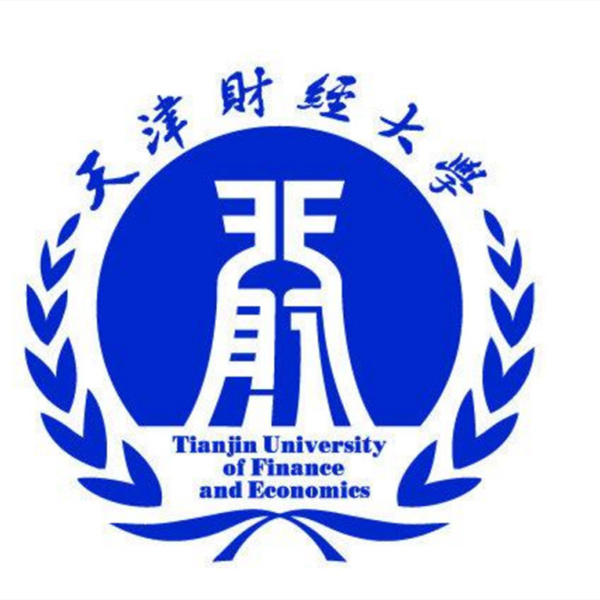Territory
China is located at the east coast of the largest continent (Eurasia) as well as the western margin of the largest ocean (Pacific). It has a land area of about 9.6 million square km, occupying 6.5 percent of the total land area of the world. From the confluence of the Heilong River and its tributary, the Wusuli River, westward to the Pamir Plateau, the distance is more than 5200 km. From midstream of the Heilong River north of Mohe, southward to Zengmu Shoal of the Nansha Islands near the equator, the distance is more than 5500 km. Its population of more than 1.3 billion accounts for approximately one-fifth of the world population...
MORETianjin
Attention:525 From:China Daily
Brief introduction
Tianjin is one of the four municipalities in China. Its name means 'the place where the emperor crossed the river'. To the east of Tianjin is the Bohai Sea and not far to the west is Beijing. It covers an area of 11,300 square kilometers and there are 13 districts and five counties under its jurisdiction. The total population is 9.52 million. The average salary of Tianjin citizen is 1946 yuan.

Location and Climate
Tianjin lies in the northeast of the North China Plain, west of the Pacific Ocean, at the lower reaches of Haihe River valley, with Bohai Sea on its east and Yan shan Mountain on its north. It is only 137 kilometers southeast of Beijing.
Located in the warm temperate zone, Tianjin has a sub-humid continental monsoon climate. The average temperature in a year is 11.1–12.0°C. The coldest month is January, with an average temperature of less than -4°C; the hottest month is July, with an average temperature of about 26°C. The annual precipitation is between 550 and 680 mm, 75% of which occurs in June, July and August.

Transportation
Getting in and out of the city is convenient because of the well-planned transportation system. If you want to come by water, there are a series of international and domestic sea routes in the port of Tianjin, which is the biggest man-made port in China. If you plan to arrive by air, Tianjin Binhai International Airport offers excellent service. Of course, arriving in Tianjin by land is another option, while trains or long-distance buses are yet another alternative.
History
Tianjin became a city centered on trade with docks and land transportation and important coastal defenses during the Ming and Qing dynasties. After the end of the Second Opium War in 1860, Tianjin became a trading port and nine countries, one after the other, established concessions in the city. After China implemented its reforms and open policies, Tianjin became one of the first coastal cities to open to the outside world. Since then it has developed rapidly and become a bright pearl by the Bohai Sea.
Culture
As a famous city of historic and cultural significance in China, Tianjin is a birth place of culture and arts in the north of China. It enjoys a reputation of a “cradle of operas” and “motherland of quyi”. The professional performance troupes of Tianjin deal with a wide range of arts, including Peking opera, pingju opera, Hebeibangzi, quyi, drama, singing and dancing, symphony, etc. The local folk arts of Tianjin are varied and interesting. The colorful Yangliuqing NewYear Paintings, vivid colored sculptures of Clay Figurine Zhang, impressive well-designed kites of the Weis, and exquisite carved bricks of the Lius are outstanding representatives of the folk arts of Tianjin.

Food
Tianjin has also a variety of traditional style foods , in which ,“Three Unique Foods of Tianjin” are comprised of Goubuli's Stuffed Buns, Guifaxiang Fried Dough Twists and Ear-Hole Fried Cake. Other special foods include: Zhang's Peanut K e r n e l , Cao's Donkey Meat, Lu's Fried Cake, Bai's Dumplings, Zhilanzhai Sweetened Rice Flour, Dafulai's crispy rice with vegetables and Stone Doorsill Steamed Stuffed Buns.
Tourism
Tianjin has a variety of places to interest tourists . In the city itself is the the beautiful Haihe River area, Tianjin Broadcasting and Television Tower, the well-known Ancient Cultural Street, Food Street, the Memorial Hall of Zhou Enlai and Deng Yingchao, the Memorial Hall of the Beiping (Beijing)-Tianjin Campaign, Tianjin Science and Technology Museum and the Museums of Nature, History, Art, Opera and Folk Customs. In Tanggu there is the Seaside Villa famous for its thermal springs and the world renowned Dagu Fort. In Jixian County there is the Huangya Pass of the Great Wall, a section famous for its wonderful scenery. Jixian County also contains the state tourist area of Panshan Mountain and Dule Monastery.



















